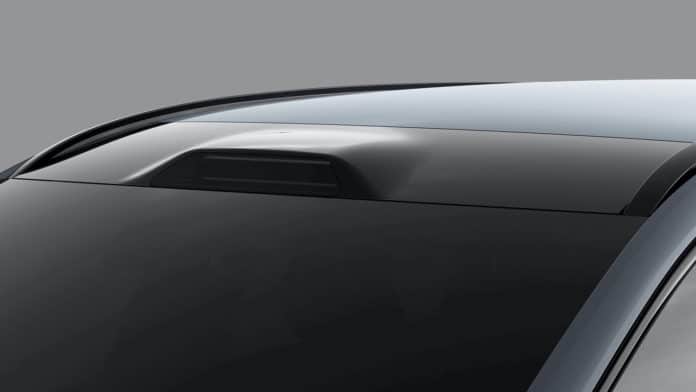Swedish automaker Volvo Cars continues to work on the development of autonomous driving solutions. As a leading player in car safety, Volvo is taking the next step in making future models safer. For this reason, it has now partnered with Silicon Valley, California, technology company Luminar to implement the LiDAR system and Luminar sensing technology in its next-generation cars.
The next-generation, modular SPA2 platform (Scalable Product Architecture) from Volvo is immediately ready for production in 2022 with the necessary hardware to enable autonomous driving on highways. According to the standard, LiDAR sensors should be installed on the front edge of the roof just above the windshield. Together with autonomous driving software and cameras, radars, and backup systems, it will manage functions such as steering, braking, and battery power.
Thanks to LiDAR, it is possible to enable the Highway Pilot feature on the highway (once the system has been verified as safe for individual use). This means that the vehicle will be able to drive on its own on a motorway without the driver having to monitor the journey, which corresponds to level 4 on the SAE scale. Cars based on the new SPA2 platform receive over the air software updates.
“Soon, your Volvo will be able to drive autonomously on highways when the car determines it is safe to do so,” said Henrik Green, chief technology officer at Volvo Cars. “At that point, your Volvo takes responsibility for the driving, and you can relax, take your eyes off the road and your hands off the wheel. Over time, updates over the air will expand the areas in which the car can drive itself. For us, a safe introduction of autonomy is a gradual introduction.“
In addition, the two companies will work together to evaluate the opportunity to use LiDAR technology to improve future advanced driver assistance systems (ADAS). These innovative sensors emit millions of laser pulses to identify the position of objects with extreme precision by scanning the surrounding environment so as to create a real-time map that is then used by the driver assistance systems.
Volvo’s goal is that every third car will be self-driving in 2025. LiDAR’s or not being to enable autonomous driving is still being debated. Currently, the main autopilot systems on the market, such as Tesla‘s autopilot and GM’s Super Cruise, still demand that the driver keep a close eye on the road ahead or keep his hands in contact with the steering wheel.
